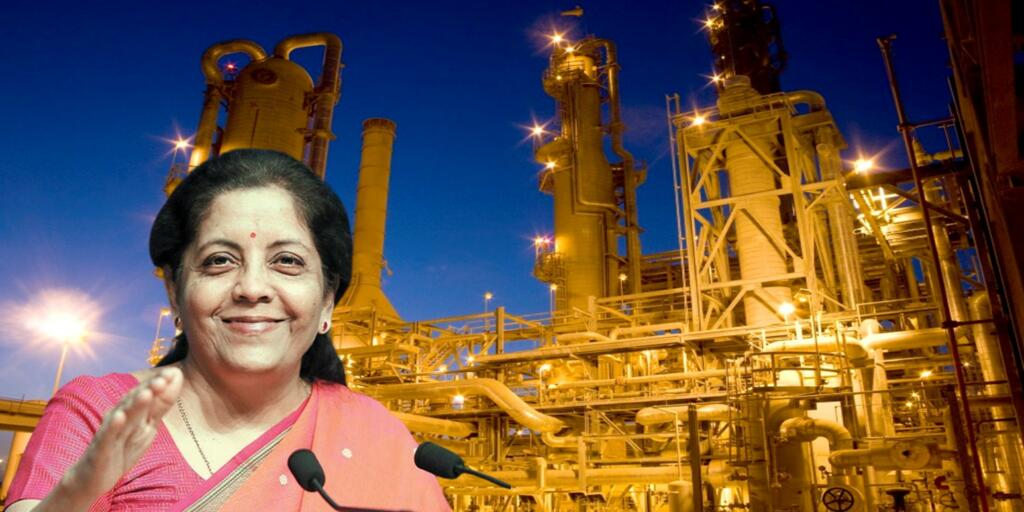green ammonia export India: It is often said that the wise learn from their mistakes and the wisest learn from others’ mistakes. This makes perfect sense when we talk about our Industrial Revolution and the exploitation of fossil fuels. Initially, fossil fuels were used without a second thought, leading to their exploitation. This not only contributed to looming scarcity in the future but also posed a serious threat to the climate change happening all-around. Hence, the need for a clean fuel was apparent.
For the very purpose, hydrogen was perceived by many as the fuel of the future. Eventually, India too envisaged promoting green hydrogen. The subsequent trends are optimistic.
India to export green ammonia
The biggest gas trader in Germany, Uniper, recently signed a deal with India-based Greenko. As an extension of this, starting in 2025, the combination of storage technology and advancements in hydrogen will result in significant revenue. Twenty-five ships carrying $300 million worth of odorless, tasteless, non-toxic but extremely flammable hydrogen molecules will be transported yearly for the following eight years from the eastern coast of Kakinada to Germany.
The green hydrogen will be converted to green ammonia. This green ammonia will be exported to Germany in containers that can maintain a temperature of up to minus 30 degrees Celsius while sailing in high seas.
This becomes crucial as producing 250,000 tonnes of green ammonia requires 1.5 GW to 2 GW of energy. This energy will be used in the conversion process. The more interesting part is that the ammonia we are talking about is green. Therefore, it cannot be produced using energy from fossil fuels. Instead, renewable energy sources like solar or wind power are required.
Once the green ammonia reaches Germany, it will partially get converted back to hydrogen and be used for industrial decarbonisation. Another part will be used for the fertilizer and specialty chemicals industry as feed stock. The chemical industry that makes ammonia for fertilizers and refineries that need desulfurization of fuels and hydro cracking are the biggest end-users of ammonia.
Also Read: Science Fiction Comes to Life with E-Bandage
The deal with fortune
The value of Ammonia can be understood by the fact that the countries that lack renewable energy sources are heavily dependent on breaking down ammonia to get hydrogen and consequently reduce their emission to get to the ‘net-zero’ target. For India it becomes more important as India is the major importer of energy. If this trend continues, India can become an exporter in the new paradigm.
This is the right moment for the country to work for our $26.5 billion National Green Hydrogen Mission. In the budget speech, the Finance Minister has announced an outlay of Rs. 19,700 crores ($ 2.3 billion) and this development can prove to be a kick start for it.
Support TFI:
Support us to strengthen the ‘Right’ ideology of cultural nationalism by purchasing the best quality garments from TFI-STORE.COM
